As technology continues to evolve, many household staples that once seemed indispensable are slowly fading into obscurity. The landline telephone, a fixture in homes for generations, has largely been replaced by smartphones and internet-based communication. But the landline is just the beginning—many other once-essential household items are now on the chopping block. From traditional kitchen appliances to entertainment systems, here are 12 household staples that are quickly becoming obsolete.
1. Alarm Clocks
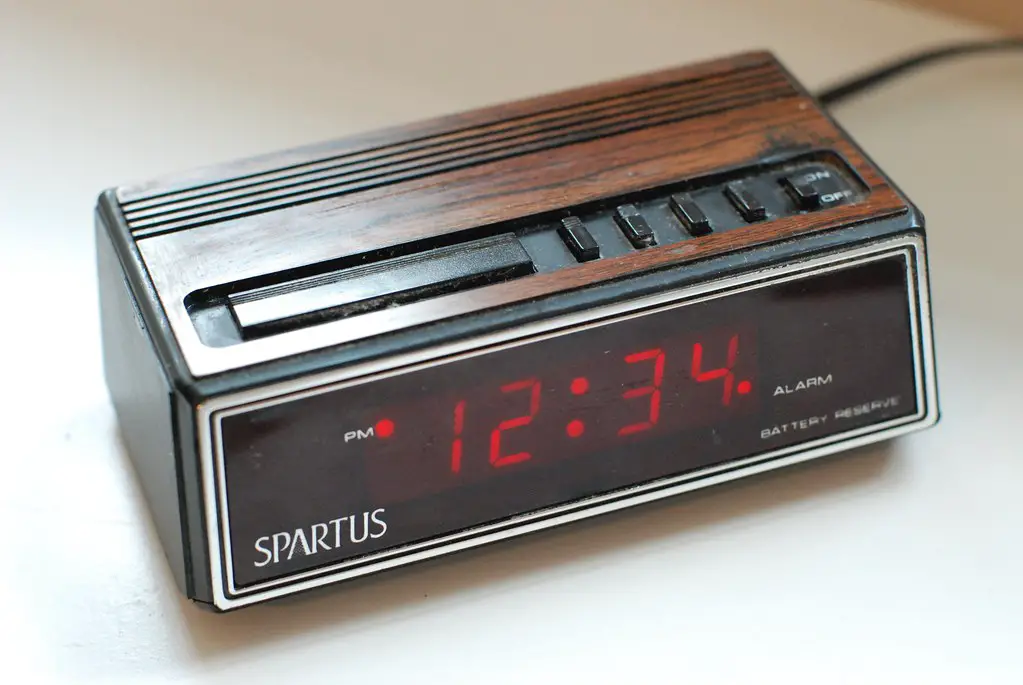
Standalone alarm clocks were once a necessity in every bedroom, ensuring people woke up on time for work or school. Whether digital or analog, these bedside companions were a staple for decades. However, with smartphones now offering customizable alarms, sleep tracking, and even sunrise simulation, traditional alarm clocks are being phased out. Many people find their phone alarms more convenient, making dedicated alarm clocks an unnecessary extra device.
Manufacturers have tried to keep alarm clocks relevant by adding features like wireless charging pads and smart assistant integration. Despite these efforts, sales have plummeted as more people rely on their phones or smart home devices to wake them up. Hotels are also removing alarm clocks from rooms, recognizing that most guests prefer their own devices. As a result, alarm clocks are slowly disappearing from modern households.
2. Answering Machines

Answering machines were once essential for catching missed calls when landlines ruled communication. These devices allowed people to leave messages, often leading to the classic “Leave a message after the beep” recordings. However, with the rise of voicemail and digital communication, standalone answering machines have become relics of the past. Most phone carriers now offer cloud-based voicemail, making physical machines obsolete.
Even businesses, which once relied heavily on answering machines, have switched to automated call-routing systems. Digital voicemail can now transcribe messages and send them as text or emails, further reducing the need for tape-based or digital answering machines. While some nostalgic collectors still appreciate the charm of old-school answering machines, they are no longer practical in the modern world. Soon, they will likely vanish entirely from everyday use.
3. DVD and Blu-ray Players

At their peak, DVD and Blu-ray players revolutionized home entertainment, replacing VHS tapes and offering superior picture quality. Movie nights often centered around trips to rental stores like Blockbuster, where people browsed for the latest releases. However, the rise of streaming services like Netflix, Disney+, and HBO Max has made physical media increasingly irrelevant. With instant access to thousands of movies and shows, fewer people feel the need to own a standalone DVD or Blu-ray player.
Retailers have responded to this shift by stocking fewer discs, with some major brands discontinuing their players entirely. Many modern laptops and gaming consoles no longer include disc drives, further accelerating the decline. Even collectors of physical media are finding it harder to justify their collections, as digital libraries offer greater convenience. As streaming dominates, standalone DVD and Blu-ray players will likely become a thing of the past.
4. Cable TV Boxes

For decades, cable boxes were the gateway to premium television content, providing access to hundreds of channels. However, the rapid rise of streaming services has led to a mass exodus from traditional cable subscriptions. Many households have embraced streaming devices like Roku, Apple TV, and Amazon Fire Stick, which offer more flexibility and lower costs. As a result, cable boxes are becoming relics of an outdated entertainment model.
Major providers have attempted to adapt by launching their own streaming platforms, but the trend of “cord-cutting” continues. Without long-term contracts and hidden fees, streaming services offer a more appealing alternative to cable. Even sports networks, once cable-exclusive, are now offering direct-to-consumer streaming options. As consumer habits shift, cable TV boxes will soon be a forgotten piece of household technology.
5. Checkbooks

Checkbooks were once an essential part of financial transactions, used for everything from paying bills to shopping. However, with the rise of online banking, mobile payment apps, and digital wallets, check-writing has become nearly obsolete. Many banks are encouraging customers to switch to electronic transfers, while some retailers no longer accept personal checks at all. With fewer people using checks, it’s becoming increasingly rare to see a checkbook in everyday life.
While some older generations still rely on checks, younger consumers prefer the convenience of instant digital payments. Venmo, PayPal, and Apple Pay have made splitting bills and transferring money seamless, further diminishing the need for paper checks. Even landlords and utility companies now offer online payment portals, eliminating the hassle of mailing checks. As a result, checkbooks will likely fade into history in the near future.
6. Desktop Computers
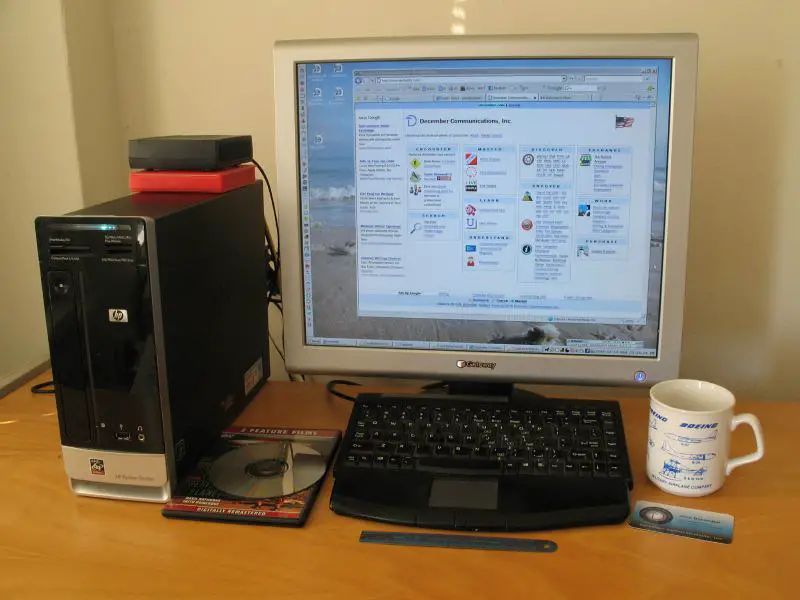
There was a time when nearly every home had a bulky desktop computer as the main hub for work, school, and entertainment. However, the rise of powerful laptops, tablets, and smartphones has significantly reduced the need for traditional desktop setups. Many users prefer the portability and convenience of smaller devices that can handle everyday tasks just as efficiently. As a result, sales of desktop computers have been steadily declining.
While gaming enthusiasts and professionals in certain industries still rely on high-performance desktops, the average household no longer sees them as essential. Schools and businesses are also shifting to laptops and cloud-based computing, further reducing desktop demand. Even companies that once dominated the market, like Dell and HP, are focusing more on lightweight and convertible devices. As technology continues to advance, desktop computers will likely become a rare sight in homes.
7. Landline Telephones
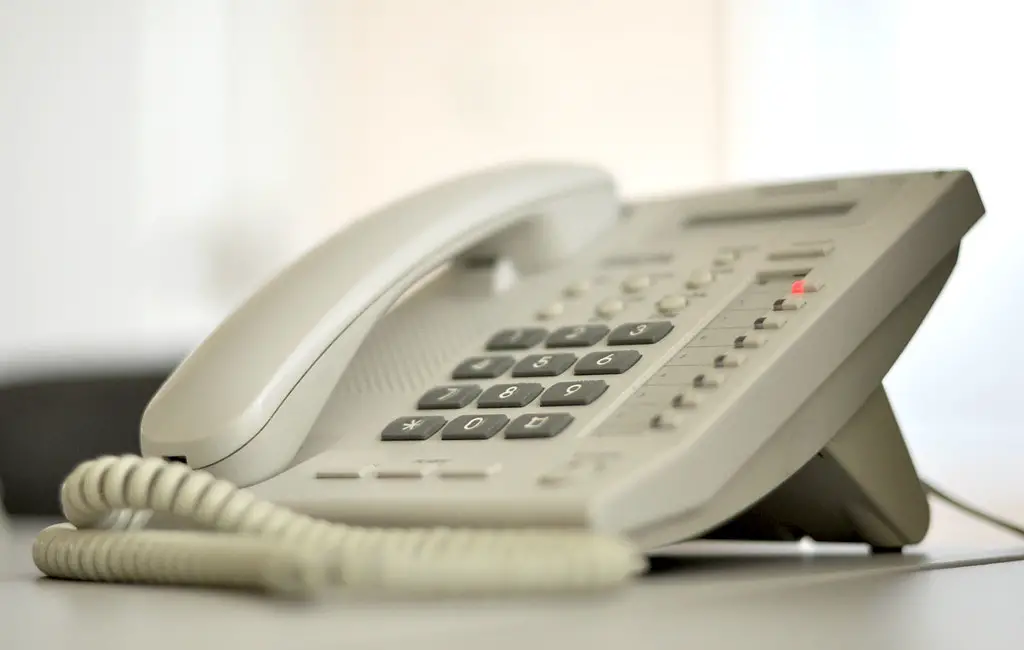
Landline phones were once a staple in every home, serving as the primary means of communication. However, the widespread adoption of cell phones has rendered them nearly useless, with many people choosing to cut the cord entirely. Younger generations have grown up without ever using a landline, while even older adults are embracing mobile technology. The convenience of having a single device for calls, messaging, and internet browsing has made landlines obsolete.
Phone companies are responding to this shift by discontinuing traditional copper landline service in many areas. VoIP (Voice over Internet Protocol) systems have taken their place, allowing users to make calls via an internet connection. However, even VoIP systems are being overshadowed by mobile networks and messaging apps. Soon, landline phones will be a relic of the past, remembered only for their nostalgic ring tones.
8. Fax Machines

Once a staple in offices and even some homes, fax machines were essential for sending documents quickly over phone lines. They provided a faster alternative to mailing paper documents and were widely used in legal, medical, and corporate settings. However, the rise of email, cloud storage, and e-signature technology has made fax machines largely redundant. Digital document sharing is not only faster but also more secure and environmentally friendly.
While some industries still cling to faxing due to regulatory requirements, even those are shifting to digital alternatives. Online fax services have replaced the need for physical machines, allowing users to send and receive faxes through email. Major manufacturers have stopped innovating fax technology, signaling its eventual demise. As businesses continue to modernize, the days of listening to that familiar fax screech will soon be over.
9. Standalone GPS Devices

A decade ago, standalone GPS devices like Garmin and TomTom were must-have accessories for drivers. These devices provided turn-by-turn navigation and eliminated the need for paper maps. However, smartphones and built-in car infotainment systems have made standalone GPS units unnecessary. With Google Maps, Waze, and Apple Maps offering real-time traffic updates and route optimization, fewer people see the need to buy a separate device.
Even rental car companies, once a major market for GPS devices, have moved toward smartphone-based navigation options. Automakers are also equipping new vehicles with advanced GPS features, eliminating the need for an external unit. While some professionals, such as truckers, still use specialized GPS devices, their consumer popularity has plummeted. Within a few years, standalone GPS systems may be little more than a nostalgic memory.
10. Rolodexes

Once a staple on office desks, Rolodexes provided a simple yet effective way to organize business contacts. These rotating card files held crucial names, addresses, and phone numbers, making them an essential networking tool. However, the digital revolution has completely replaced the need for physical contact organizers. Smartphones, CRMs, and cloud-based contact lists make finding and managing contacts far easier and more efficient.
Most professionals now store their contacts in email platforms or business networking apps like LinkedIn. Even in industries that once relied on physical contact management, digital solutions have become the standard. As offices become more paperless, the once-iconic Rolodex is quickly becoming a relic of the past. It’s now more common to see them in antique stores than on desks.
11. Single-Use Kitchen Gadgets
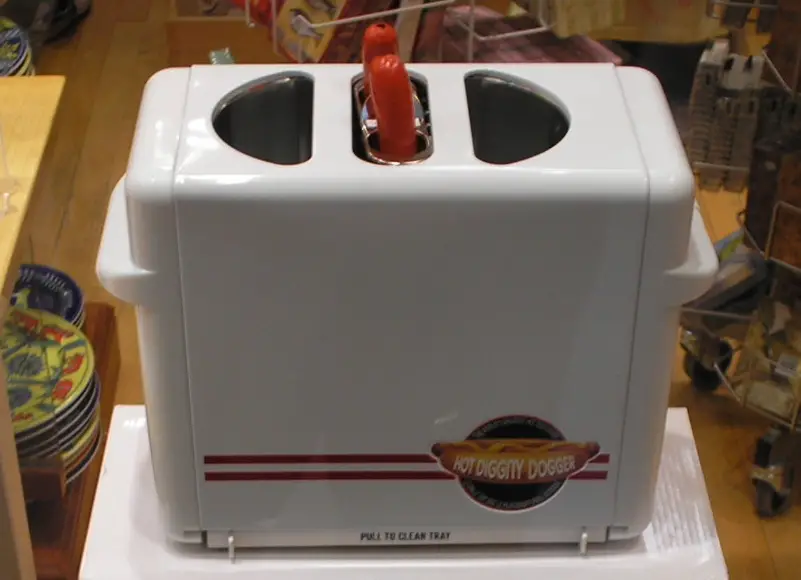
At one point, kitchen stores were packed with single-use gadgets designed for highly specific tasks—avocado slicers, banana holders, and hot dog toasters, to name a few. These items once seemed like fun, must-have tools for home cooks, but their impracticality has led to their decline. More people are now opting for multifunctional tools, such as food processors and immersion blenders, to save space and money.
Minimalist and sustainable lifestyles have also played a role in reducing the demand for these gadgets. Many home cooks realize they don’t need a separate tool for every task when a good knife or a basic kitchen appliance can do the job just as well. As a result, fewer companies are producing these gimmicky items, and they’re disappearing from store shelves. Soon, they may be nothing more than a kitschy reminder of past culinary fads.
12. Traditional Doorbells
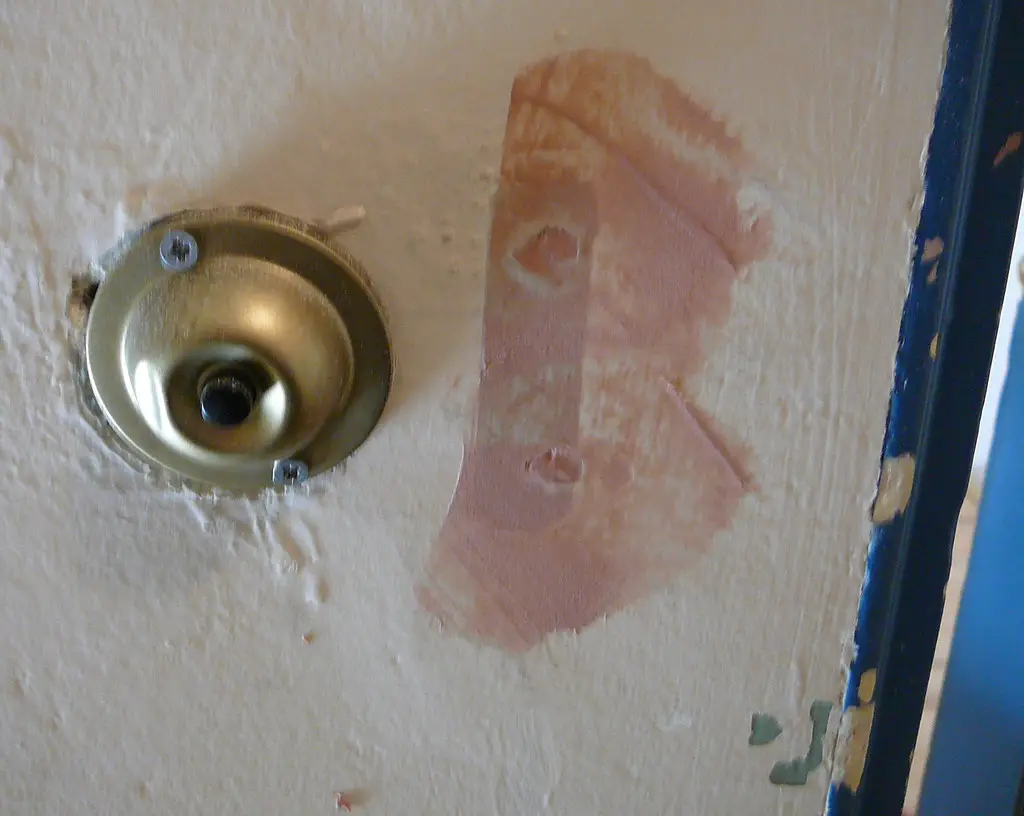
For years, doorbells were the standard way to announce a visitor’s arrival, whether through a simple chime or a melodic tune. However, smart home technology has rapidly taken over, and traditional doorbells are fading into obscurity. Video doorbells, such as Ring and Nest Hello, now offer security features like motion detection, live video feeds, and two-way communication. These advanced systems provide more functionality than a simple chime, making them the preferred choice for modern homeowners.
The convenience of answering the door remotely has made traditional doorbells seem outdated. Many new homes are being built with smart doorbells pre-installed, and older homes are upgrading to these tech-savvy alternatives. As smart home integration continues to grow, the basic wired doorbell may soon be a thing of the past. In the near future, most visitors may never press a doorbell at all—they’ll simply trigger a motion sensor instead.
